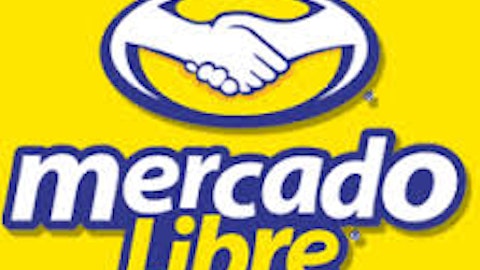Retail stores are a declining percentage of total revenue, at 53% in Q3 2012. In 2010 it was nearly 61% of total revenue and has been steadily dropping as direct-to-consumer (DTC) revenue climbs. The changing percentages are good for margins. Retail operating margins were around 9% in Q3 2012, ranging between 7% to 9% in the past 8 quarters. That compares to a much higher 23% operating margin for DTC in the third quarter. As DTC becomes a larger percentage of total revenue, combined operating margins have improved and that may continue as e-commerce continues to expand.
Pottery Barn and West Elm have turned in the best sales numbers over the last year, but growth in the Williams-Sonoma brand has stalled. Williams-Sonoma has the biggest store base at 259 and has seen a high number of closures — down from 268 in 2011. West Elm has room to grow with 45 stores—up from 36. Pottery Barn is the second highest store count with 193 –- there were 201 in 2011. What WSM as a company can do is run with the best performing stores and begin to close the Williams-Sonoma brand if it continues to lag. Having multiple brands appealing to diverse demographics gives them a great deal of flexibility to respond to consumer needs.
Operating and net argins continue to improve. Management says the fixed costs being leveraged over higher revenue are the main driver behind the improvement. Additionally, margins cannot help but expand as direct becomes a higher percentage of total revenue. Shopping online is becoming second nature to most consumers, and the trend favors WSM growth and margin expansion.
WSM was hit hard during the recession in 2008, but made a resounding recovery in 2009 as operating income and net income increased from higher margins as costs were cut. Even with declining revenue in 2009, operating income and net income made big gains. Closing 17 stores decreased expenses, and even though DTC had not fully recovered, cost-cutting was an effective means for providing growth. The improving 2010 numbers were the result of several parts of the business hitting their stride– margins were expanding, revenue was growing in the low teens, and direct revenue began to climb. 2010 was one of the company’s best years in nearly a decade.
Same store sales growth slowed for two quarters in 2012 from 2011 numbers with sales per square foot gaining. The business is seasonal and the sales/SF increased over the holidays in Q4 with a slowdown in Q1.
Same store sales and sales per square foot
Quarterly
2009 was a tough year for retail with a great recovery in 2010. Unbelievably, WSM hit $5 per share in 2009 and has rebounded to $45 on the strength of its recovery, and is near split adjusted historic highs. There was a recent run in August 2012 as the company reported better than forecast second quarter revenue and earnings. Revenue increased 7.3% with earnings of 43¢ per share. Revising guidance upward was also a plus and a reason for shares to climb. In Q3, they raised the upper end of guidance again by a penny with a range of $2.45-$2.52. Overall that’s an increase of 5¢ since initial guidance, and represents the highest earnings in the company’s history. Year-to-date (nine months) earnings are $1.22.





